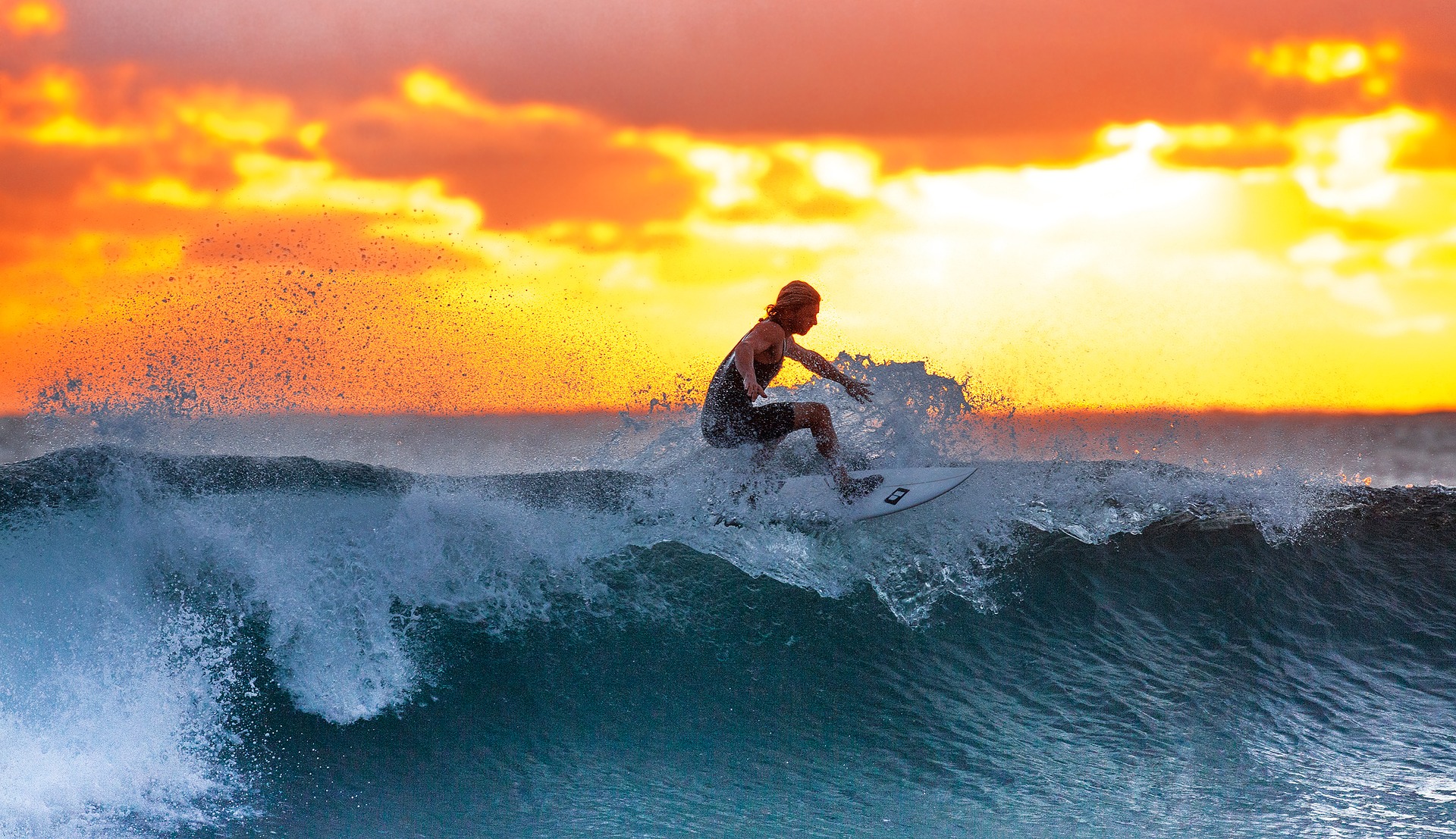If you have never tried surfing or have just started your adventure with this amazing sport, you might find surfing somewhat exotic, especially if you are coming from a country which does not have access to a sea or an ocean and therefore, does not have a tradition of surfing. Then, you should definitely read this short article revealing some of the most curious facts from the history of surfing.
The first surfers
With its colourful boards made of artificial materials, it might be a bit difficult to imagine the fact that surfing is not a new kind of sports at all. Actually, it has been known to people not only for generations. Archaeologists claim people have been surfing for thousands of years!
The proves of such a claim are various prehistoric carvings made on stones depicting people surfing. One of the most recently found carvings with such images are located in Chan Chan which is a part of Peru. According to the scientists, the age of these carvings is around 5000 years.
The first mentioning of surfing
Even though people started surfing a long time ago, there was no exact mentioning of this fun activity. Presumably, the first person who described specifically what is going on during surfing was the Captain Cook. His description of surfing was made in 1778 when he observed a Hawaiian surfer. The legendary captain noticed the delight and pleasure the surfing person was experiencing and explained it others.
The first contest
As you now know, the history of surfing is really long! Yet, people started doing this sport professionally less than a hundred years ago. In fact, the very first contest in surfing happened in 1928. It was held in California.
The role of The Second World War for surfing
At some point, The Second World War had a great impact on surfing. You might be wondering about any possible connection between that notorious period of the world history and the fascinating sport. There is a connection if you look at the development of new materials.
In fact, the Second World War gave a birth to a variety of new materials and chemical substances, which had never been, know to people before. These materials were subsequently adopted by many other industries including surfing. Some of the most crucial materials created during that time which were widely used by the industry of manufacturing goods for surfing were fibreglass, resin and Styrofoam. Actually, the development of these materials changed the boards a lot and one can even say, they brought the surfing equipment to a new level.
The first woman surfing in Waimea Bay
Waimea Bay is regarded to be a rather dangerous place to surf, however, it did not stop Linda Benson who at the age of only 15 years surfed there in 1959. She became the first woman to surf in that area. In addition to it, she also became the first woman on the cover of a surf magazine.
The longest surfing ride
Do you know what was the duration of the longest surfing ride registered in history? Just imagine, it lasted for almost four hours! To be precise, it took 3 hours 55 minutes. This fascinating event happened in 2011 and the person who was able to ride thus long was Gary Saavedra.
The single longest ride
When it comes to the single longest ride, it took 37 minutes. It was a tidal bore wave which took place in the Amazon River.
The longest surfing marathon
Just like in the case of many other kinds of sport, there are also surfing marathons. Even though they seem to be a way more complex than, for example, running marathons, the real experts of surfing are capable of surfing for hours. So far, the record for such marathons belongs to Kurtis Loftus. In 2011, this surfer spend 29 hours and one minute surfing in a row. The marathon took place in Jacksonville Beach. Needless to say, this person is a real surf legend!
The biggest wave
Now, when you know about the longest ride, it is time to learn about the biggest tide. In all likelihood, you are no thinking about various parts of the world which are particularly prone to tsunamis, for instance, somewhere in Asia. You might be surprised to learn the location of this natural event was a way further from such warm parts of the world.
Try to imagine this tide taking place in Alaska! The exact location of the tide was Lituya Bay and it happened in 1958. The height of the tide then was 1738 ft! With such a height, it was classified not just as a tsunami, it was called a mega-tsunami.

